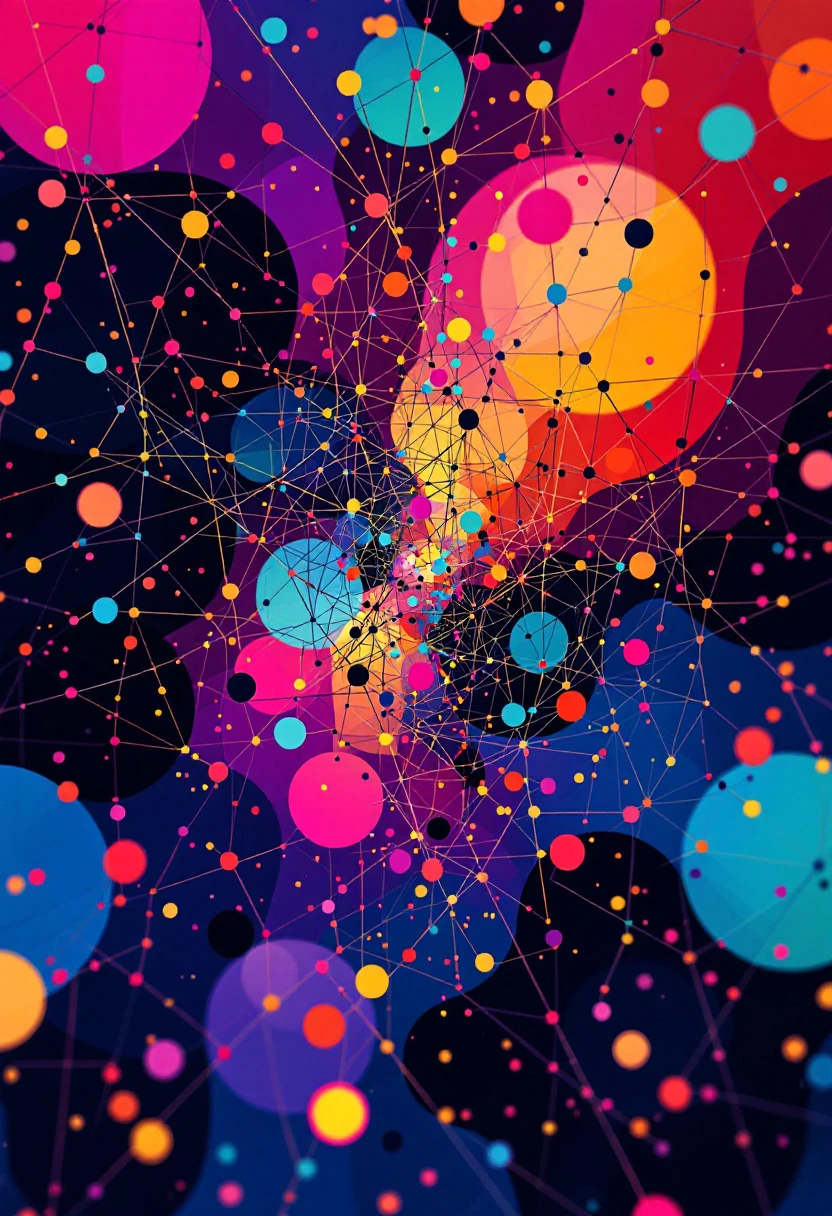
Graph Theory
Field of mathematics and computer science focusing on the properties of graphs, which are structures made up of vertices (or nodes) connected by edges.
Graph theory plays a crucial role in AI for modeling relationships and interactions in complex systems, including networks of information, social networks, biological networks, and more. Its significance in AI stems from its ability to provide a framework for solving problems related to routing, connectivity, and optimization. In machine learning, graphs are used in various algorithms that operate on data represented as graphs, such as graph neural networks (GNNs), to capture the relationships between entities in a way that enhances predictive modeling and classification tasks.
Graph theory originated in 1736 with Leonhard Euler's solution to the Königsberg bridge problem, marking the beginning of the field. Its relevance to computer science and AI has grown significantly with the advent of large-scale data processing and the need for efficient data structuring and analysis methods.
While Leonhard Euler is credited with the founding of graph theory, many other mathematicians and computer scientists have contributed to its development, including Gustav Kirchhoff, who introduced the concept of trees in 1847, and Paul Erdős and Alfréd Rényi, who developed random graph theory in the mid-20th century. In the context of AI, researchers like Yoshua Bengio and Thomas Kipf have been instrumental in applying graph theory to deep learning, particularly in the development of graph neural networks.